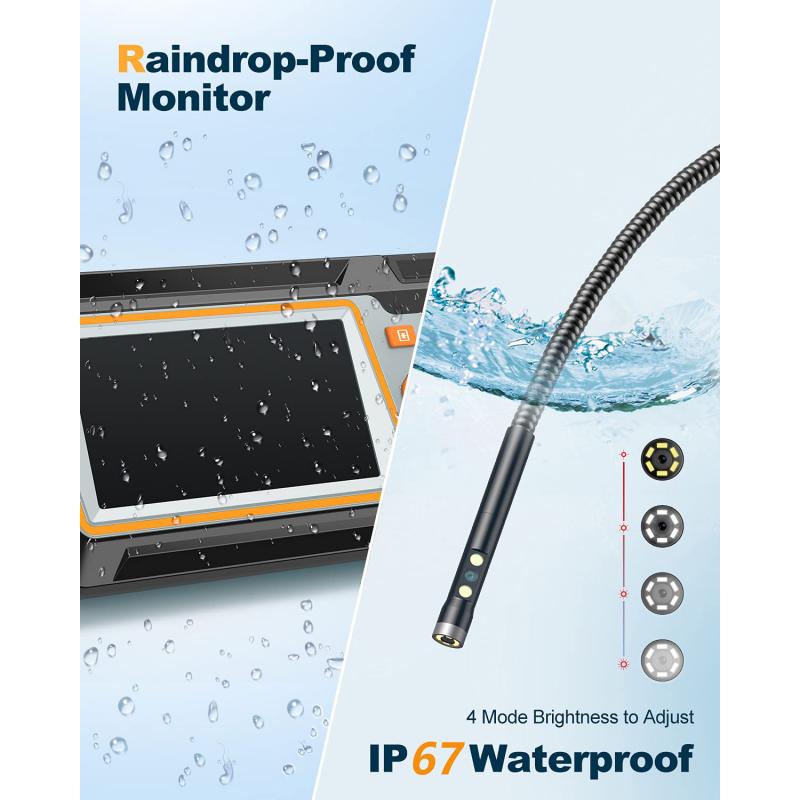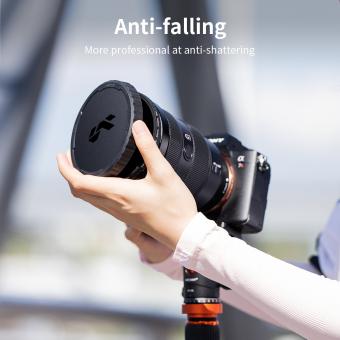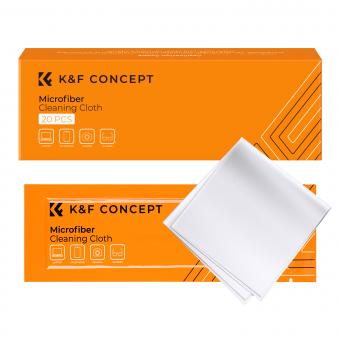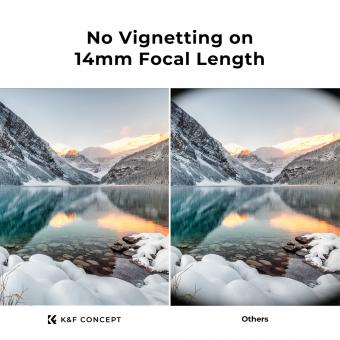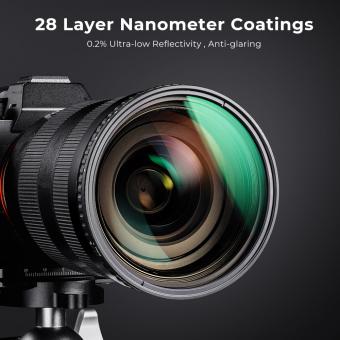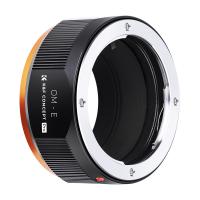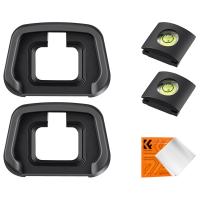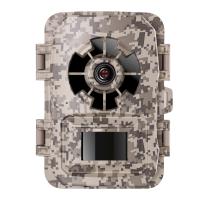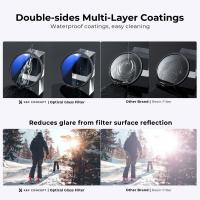Can You Stack Filters On A Lens ?
Yes, it is possible to stack filters on a lens. However, it is important to note that stacking too many filters can result in vignetting, decreased image quality, and potential lens flare. It is recommended to use only the necessary filters and to test the combination before shooting important photos or videos. Additionally, using high-quality filters can help minimize any negative effects of stacking.
1、 Polarizing filters
Yes, you can stack filters on a lens, including polarizing filters. However, it is important to note that stacking filters can lead to a decrease in image quality due to increased vignetting, flare, and loss of sharpness. Additionally, stacking too many filters can also cause mechanical vignetting, where the edges of the filters obstruct the corners of the image.
When it comes to polarizing filters, stacking them can also lead to a reduction in the effectiveness of the filter. This is because polarizing filters work by blocking light waves that are polarized in a certain direction. When two polarizing filters are stacked, they can cancel each other out, resulting in a weaker polarizing effect.
That being said, there are situations where stacking filters can be useful. For example, a photographer may want to use a polarizing filter to reduce glare on water or other reflective surfaces, but also want to use a neutral density filter to achieve a longer exposure time. In this case, stacking the filters can be a practical solution.
Ultimately, the decision to stack filters on a lens, including polarizing filters, should be made on a case-by-case basis, taking into consideration the specific shooting conditions and desired outcome.

2、 Neutral density filters
Yes, you can stack neutral density filters on a lens. Neutral density filters are designed to reduce the amount of light that enters the camera lens without affecting the color or contrast of the image. They are commonly used in bright outdoor conditions to allow for longer exposure times or wider apertures, which can create a shallow depth of field or motion blur effects.
Stacking neutral density filters can be useful in situations where a single filter is not strong enough to achieve the desired effect. For example, if you have a 3-stop ND filter and a 6-stop ND filter, you can stack them together to create a 9-stop ND filter. This will allow for even longer exposure times or wider apertures, which can create more dramatic effects in your photos.
However, it's important to note that stacking filters can also have some drawbacks. The more filters you stack, the more likely you are to experience vignetting (darkening of the corners of the image) or image quality degradation. Additionally, stacking filters can make it more difficult to adjust the focus or zoom on your lens.
In recent years, some photographers have started to use digital neutral density filters instead of physical filters. These filters are applied in post-processing and allow for more precise control over the amount of light reduction. However, physical filters still have their place and can be a useful tool for achieving creative effects in-camera.

3、 Graduated neutral density filters
Yes, you can stack filters on a lens, including graduated neutral density filters. However, it is important to note that stacking filters can lead to vignetting, decreased image quality, and potential color cast issues.
Graduated neutral density filters are commonly used in landscape photography to balance the exposure between the bright sky and darker foreground. They come in different strengths and can be either hard or soft-edged. Stacking a graduated neutral density filter with another filter, such as a polarizer or UV filter, can be useful in certain situations. For example, a polarizer can help reduce glare and reflections on water or foliage, while a UV filter can protect the lens from scratches and dust.
However, it is important to be aware of the potential drawbacks of stacking filters. Vignetting can occur when the edges of the filters block some of the light entering the lens, resulting in dark corners or edges in the image. This can be more pronounced with wider angle lenses. Additionally, stacking filters can decrease image quality by introducing more glass elements that can cause distortion, flare, or reduce sharpness. Finally, stacking filters can also lead to color cast issues, where the combined effect of the filters alters the color balance of the image.
In conclusion, while it is possible to stack filters on a lens, it is important to be aware of the potential drawbacks and to use them judiciously. It is recommended to test the combination of filters before using them in a critical situation and to remove any unnecessary filters to minimize the risk of vignetting and image quality issues.

4、 UV filters
Yes, you can stack UV filters on a lens. However, it is not recommended to stack too many filters as it can cause image quality degradation. Each filter added to the lens can cause a slight reduction in image sharpness, contrast, and color accuracy. Additionally, stacking filters can increase the likelihood of lens flare and ghosting, especially when shooting in bright light.
In recent years, there has been a debate among photographers about the necessity of using UV filters. Some argue that modern lenses already have UV coatings, making UV filters redundant. Others argue that UV filters can provide an extra layer of protection for the lens, preventing scratches and dust from accumulating on the front element.
Ultimately, the decision to use a UV filter or stack filters on a lens is a personal one. If you choose to stack filters, it is important to use high-quality filters and to be mindful of the potential impact on image quality. It is also important to regularly clean the filters to prevent dust and smudges from affecting image quality.
